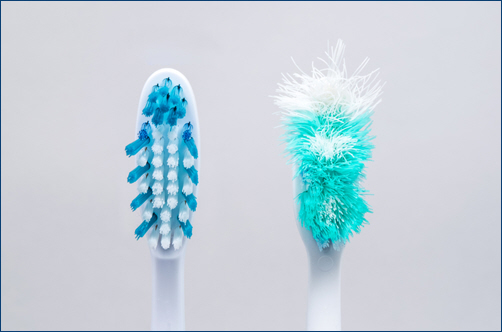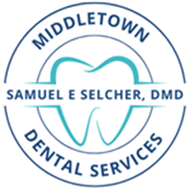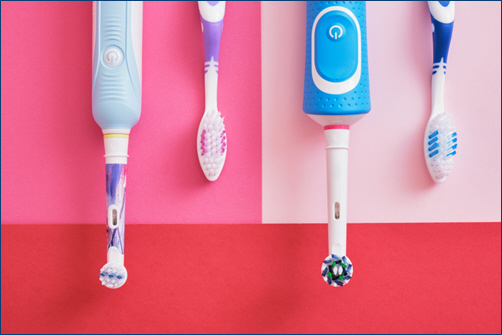The choice between electric and manual toothbrushes is a common dilemma for many individuals seeking to maintain optimal oral hygiene. Both types have their unique advantages. Selecting the right one depends on personal preferences, oral health needs, and lifestyle factors. Understanding the differences between electric and manual toothbrushes can help you make an informed decision about which is more effective for your oral care routine.
The Benefits of Electric Toothbrushes
- Superior Plaque Removal: Electric toothbrushes are designed to deliver consistent and high-frequency brushing motions. This can be more effective at removing plaque and reducing gingivitis compared to manual brushing. The oscillating or rotating brush heads can reach difficult areas and ensure thorough cleaning. This makes them a great option for individuals with orthodontic appliances or those prone to plaque buildup.
- Ease of Use: Electric toothbrushes are particularly beneficial for individuals with limited dexterity, such as those with arthritis or other mobility issues. The automated brushing action requires less effort, allowing users to maintain proper technique with minimal manual intervention. Many models also come with built-in timers to ensure that users brush for the recommended two minutes.
- Advanced Features: Many electric toothbrushes offer additional features such as pressure sensors, multiple brushing modes, and Bluetooth connectivity for personalized feedback. These features can enhance the brushing experience and encourage better oral hygiene habits, particularly for children and teens.
 The Advantages of Manual Toothbrushes
The Advantages of Manual Toothbrushes
- Affordability and Accessibility: Manual toothbrushes are widely available and cost-effective, making them an accessible option for everyone. They come in various designs, colors, and bristle types, allowing users to choose a toothbrush that suits their preferences and budget. Be sure to use a toothbrush that’s in good shape. When it is severely worn, replace it.
- Control and Technique: Some individuals prefer the control that a manual toothbrush offers. Users can easily adjust the pressure and angle of the brush to target specific areas of the mouth. This level of control can be particularly beneficial for those with sensitive gums or teeth.
- Portability and Simplicity: Manual toothbrushes are lightweight and require no batteries or charging, making them ideal for travel. Their simplicity and ease of use make them a convenient choice for maintaining oral hygiene on the go.
Choosing the Right Toothbrush
- Personal Preference: Ultimately, the choice between an electric and manual toothbrush depends on personal preference and comfort. Both types can be effective if used correctly, so it’s important to choose the option that encourages consistent brushing and aligns with your oral health goals.
- Consulting Your Dentist: Your dentist can provide personalized recommendations based on your oral health needs and lifestyle. They can help you determine which type of toothbrush is best suited for your individual requirements and ensure that you maintain a healthy brushing routine. Likewise, be sure to get your teeth cleaned professionally every six months to take care of what your home oral care may overlook.
Both electric and manual toothbrushes have their pros and cons, and the most effective choice depends on individual preferences and oral health needs. Electric toothbrushes offer advanced features and superior plaque removal, while manual brushes provide affordability and control. By considering your specific needs and consulting with your dentist, you can select the toothbrush that best supports your oral hygiene and contributes to a healthy, radiant smile.


